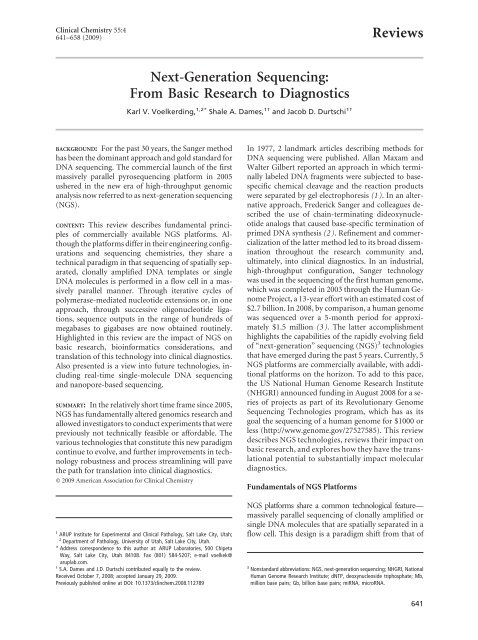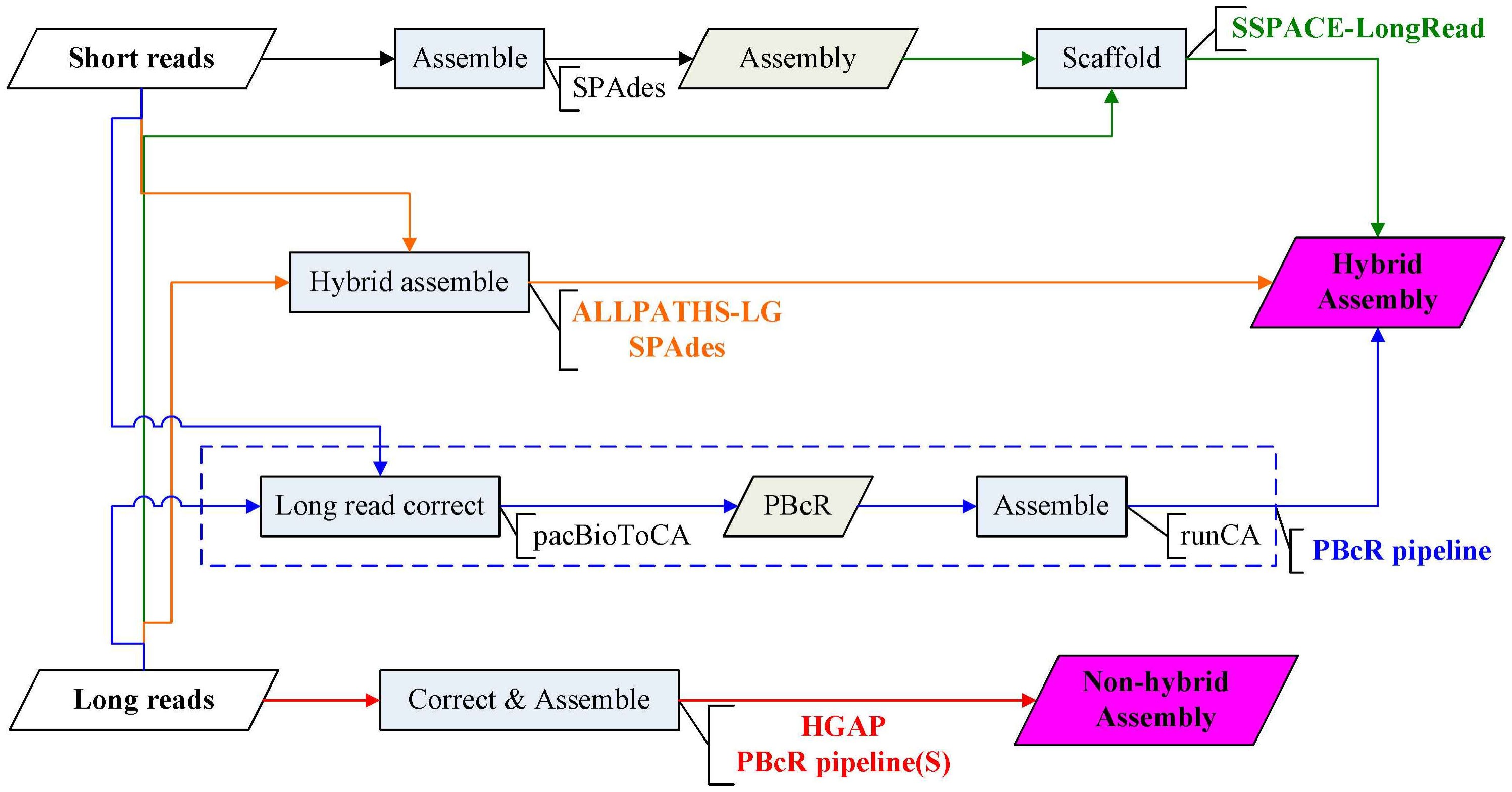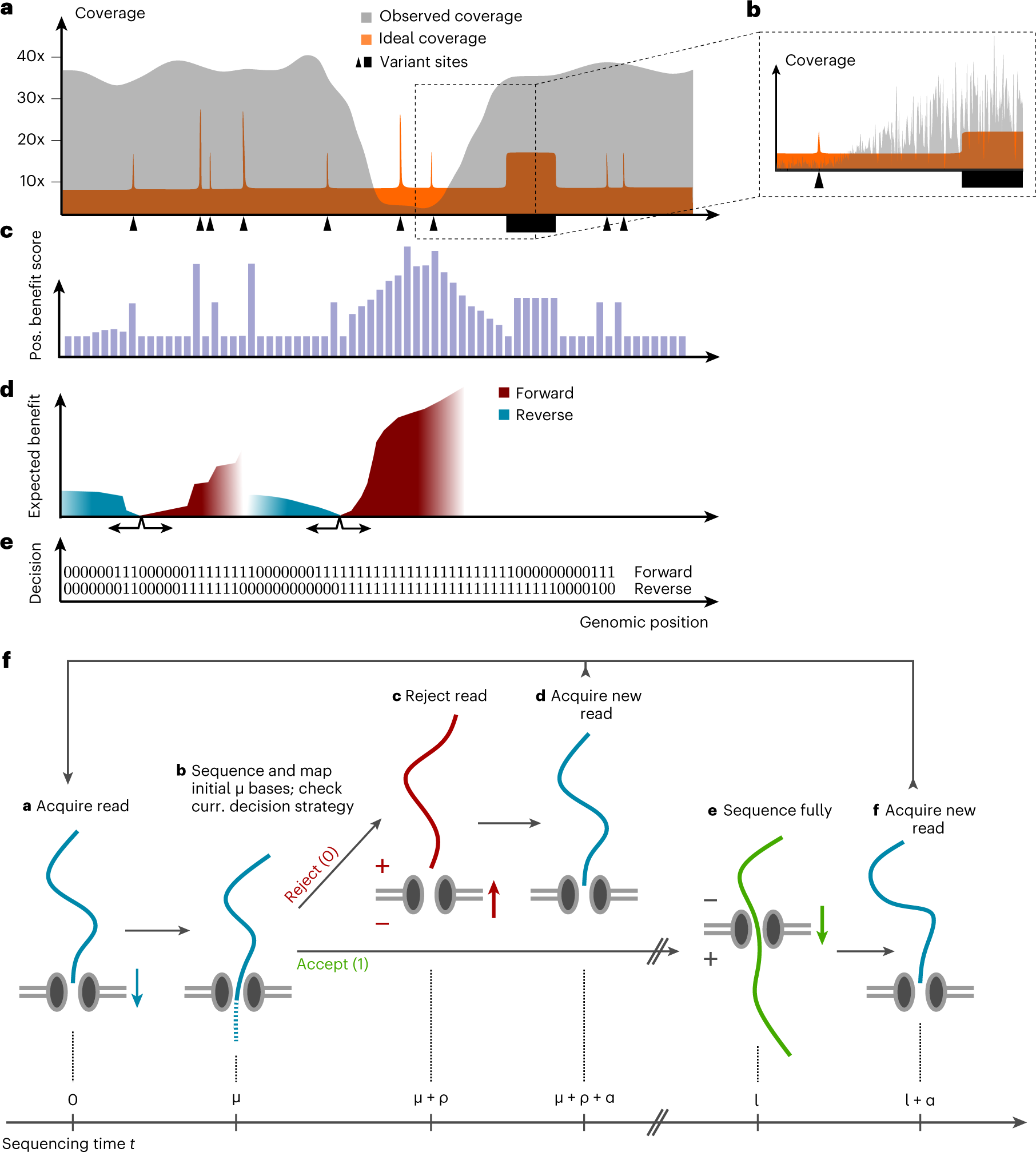Evaluating coverage bias in next-generation sequencing of Escherichia coli
Whole-genome sequencing is essential to many facets of infectious disease research. However, technical limitations such as bias in coverage and tagmentation, and difficulties characterising genomic regions with extreme GC content have created significant obstacles in its use. Illumina has claimed that the recently released DNA Prep library preparation kit, formerly known as Nextera Flex, overcomes some of these limitations. This study aimed to assess bias in coverage, tagmentation, GC content, average fragment size distribution, and de novo assembly quality using both the Nextera XT and DNA Prep kits from Illumina. When performing whole-genome sequencing on Escherichia coli and where coverage bias is the main concern, the DNA Prep kit may provide higher quality results; though de novo assembly quality, tagmentation bias and GC content related bias are unlikely to improve. Based on these results, laboratories with existing workflows based on Nextera XT would see minor benefits in transitioning to the DNA Prep kit if they were primarily studying organisms with neutral GC content.

Multilaboratory Assessment of Metagenomic Next-Generation Sequencing For Unbiased Microbe Detection, PDF, Infection

Nanopore sequencing and its application to the study of microbial communities - ScienceDirect

Next-Generation Sequencing: From Basic Research to Diagnostics

Raw read quality control parameters. Raw sequence read QC parameters

Effect of blood sample preservation agent on DNA yield.

Characterizing and measuring bias in sequence data, Genome Biology

Completing bacterial genome assemblies: strategy and performance comparisons

PDF] Summarizing and correcting the GC content bias in high-throughput sequencing

Sequencing coverage across different local GC contents in three

Multilaboratory assessment of metagenomic next-generation sequencing for unbiased microbe detection - ScienceDirect

Dynamic, adaptive sampling during nanopore sequencing using Bayesian experimental design